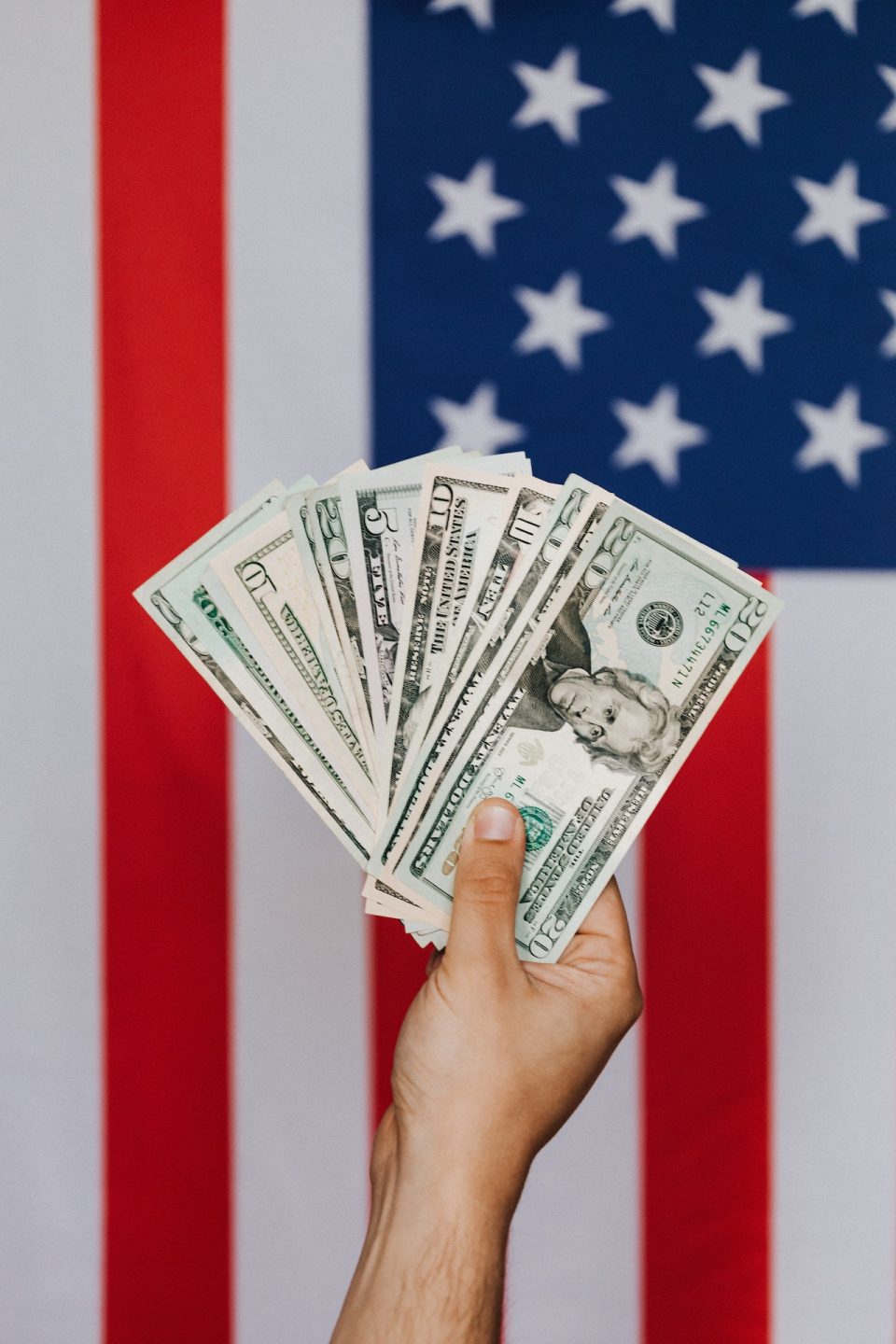The 30-Year Treasury Yields are poised for their most substantial quarterly surge since 2009, causing apprehension that the recent bond market turmoil may send ripples through global financial markets. As of Thursday, the long-bond yield ascended approximately 82 basis points since the close of June, reaching around 4.81%, the highest level observed since 2010.
Bill Ackman, founder of Pershing Square Capital, expressed in a recent CNBC interview that he would not be surprised to witness 30-year treasury yields breach the 5% mark. Simultaneously, Larry Fink, CEO of BlackRock Inc., anticipated that 10-year yields could surpass their current 4.55% level.
An amalgamation of factors has accelerated the slump in Treasuries, inflicting the greatest impact on investors holding longer-maturity bonds, which bear the highest interest-rate risk.
A pivotal catalyst has been the Federal Reserve’s signal that it intends to maintain elevated rates for an extended period. Additionally, the surge in government borrowing to cover budget deficits, the decision by Fitch Ratings to downgrade the US credit rating, and the upswing in oil prices have all played their part. The Bank of Japan’s tolerance for increasing Japanese yields has also played a contributing role.
Thierry Wizman, Director of Global Currencies and an Interest-Rate Strategist at Macquarie Futures, remarked on Bloomberg Television, “We could see something break when you see this kind of volatility.”
The US government debt has contracted by roughly 3.1% this quarter, marking a 1.6% reduction for the year, according to Bloomberg index data through Thursday. Treasuries are poised for an unprecedented third consecutive annual loss, following a steep 12.5% decline last year. Long bonds have seen losses of approximately 12% since June.
As of now, the economy and financial markets have demonstrated a certain resilience in the face of the bond market’s tribulations. While the S&P 500 Index has retreated by 6% from its 2023 peak set in July, it remains up 12% for the year.
Nevertheless, the surge in yields is tightening financial conditions at a juncture when challenges are mounting, including the autoworker strike, the imminent resumption of student loan payments, and the looming prospect of a government shutdown beginning this weekend.
Jack McIntyre, a Portfolio Manager at Brandywine Global Investment Management, observed, “One characteristic of this bear market in bonds is that there hasn’t yet been a major, negative feedback as a result of those higher yields.”
The Federal Reserve has refrained from pushing back against rising yields, and some officials may even view the move as beneficial in curbing inflation by tempering economic growth. The central bank maintained rates at a 22-year high last week, with officials indicating a single additional hike this year.
Charlie McElligott, a Cross-Asset Macro Strategist at Nomura Securities International Inc., envisions a scenario where the selloff could escalate, especially if entities like insurance companies are compelled to reduce their long-bond holdings to mitigate losses or hedge against interest-rate risk.
Marko Kolanovic, Chief Market Strategist at JPMorgan Chase & Co., has drawn a sobering historical parallel to the global financial crisis, highlighting that the surge in consumer loan rates over the past two years, in percentage terms, surpasses that of the 2002-2008 period by about fivefold.
In sum, an intricate web of factors has instilled a growing wariness among market observers. Ray Dalio, founder of Bridgewater Associates LP, cautioned in a CNBC interview that the US is hurtling towards “a debt crisis.”
Some investors are heightening their efforts to shield against further spikes in yields. The cost of employing options to hedge against a sustained increase in Treasury rates, notably in longer maturities, has surged to its highest level in approximately a year.
Source: Bloomberg

